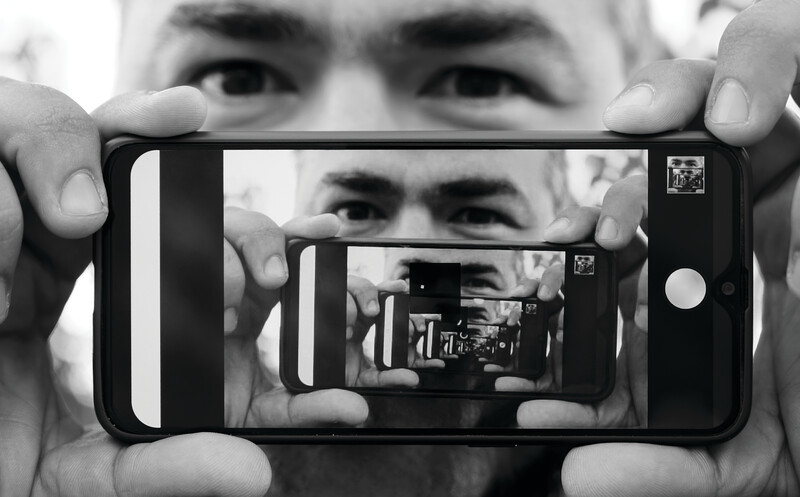Not so long ago, the only measure of the quality of a professional development session was whether the participants were smiling when they left the room—and not just because it was over. In recent years, though, the standards for professional learning have been edging up. Because research is revealing what kind of professional learning most improves student achievement, schools are reimagining professional development. As a result, educators are trying new formats with encouraging results.
Our authors share some bright spots:
Professional Learning Communities (PLCs). Groups of adult professionals learning together abound in schools today, whether they are reading clubs, data-driven sessions, subject-level department meetings, mandated ad hoc groups charged with solving a problem, or homegrown efforts examining individual teachers' practice. Hashing out some ways to improve their own professional learning communities at a session at ASCD's Annual Conference, the participants noted that there is always some tension among PLC members about the approach to take. Some educators, for example, value efficiency over social collaboration and want a structured approach to getting things done; others believe groups need to build collaboration first before they can achieve any important goal. Finding a balance in approaches is essential.
Thomas Guskey, Richard DuFour, and Bryan Goodwin weigh in on the challenges of professional learning, each with a different emphasis. Guskey reminds us that it is most important to have a clear notion of the purpose of the activities. His uppermost questions: Why are we doing this? What do we hope to accomplish? DuFour describes the different systemwide processes that several districts have used to achieve success, and research columnist Goodwin explores the potential upsides and downsides of large and small collaborative groups.
Coaching and Mentoring. Perhaps one of the reasons that PLCs are effective is that they provide a significant amount of time for educators to learn something. In fact, a recent research report from the Center for Public Education says that adults need 20 or more practice sessions to master a specific teaching strategy.
Coaching support is also important for implementation. When a peer observer is there to help the teacher focus on his or her practice, the teacher gets a leg up, according to Emily Dolci Grimm and colleagues. See "Rethinking Classroom Observation" for their teacher-driven professional development model. See also Ruth Ahn's description of the Japanese practice of mentoring beginning teachers in the teachers' room.
Using Video Innovatively. When used in a manner that respects the professionalism of teachers, video cameras can have a positive effect, Jim Knight writes. His extensive coaching project has looked at various ways of using video clips of teachers' practice. Two things are necessary to effect a positive change, Knight writes: a clear picture of current reality and a goal of what we want to achieve. Video can provide many "aha" moments if the viewers choose whether to participate and feel they are in a psychologically safe environment.
In another video technology innovation, TeachLivE adds both humor and a surreal aspect to the practice of teaching. Real teachers respond to electronically puppeteered students who act out in the classroom in various gratifying and annoying ways. A virtual program gives teachers multiple opportunities to try different ways to respond to students.
Learning How Adults Learn. The Center for Public Education report describes teachers as both technicians and intellectuals who need to understand both practice and theory. It is no surprise that teachers learn much the same way students do. They start with prior knowledge, and they like conversing with and learning from their colleagues (pp. 24, 49, 76, and online). Active learning is paramount, whether it be through attending a conference, reading professional articles, enrolling in a MOOC, or visiting colleagues' classrooms.
Teacher-Driven PD. Some relatively new developments include interesting examples of teacher-driven professional learning. Kristen Swanson describes Edcamps describes Edcamps at which teachers invent their own schedules and choose to talk with anyone about any topic of interest. John Settlage and Adam Johnston describe the Crossroads model describe the Crossroads model, which provides a structured way for science teachers to get feedback from colleagues on a professional "vexation."
Perhaps the most promising bright spot on the professional development landscape is that despite budget cuts, schools acknowledge that professional learning is the key to improving instruction. If we treat educators with more professionalism and apply the research, we may find that innovations will last (see Perkins and Reese), student achievement will grow, and educators will have many reasons to seek out professional learning—with a smile on their face.
<P ID="scherer-audio"><!-- Start of Brightcove Player --><!--div style="display:none"></div--><!--By use of this code snippet, I agree to the Brightcove Publisher T and C found at https://accounts.brightcove.com/en/terms-and-conditions/. --> <!--<object id="myExperience3479939248001" class="BrightcoveExperience"> <param name="bgcolor" value="#FFFFFF" /><param name="width" value="570" /><param name="height" value="380" /><param name="playerID" value="18377529001" /> <param name="playerKey" value="AQ~~,AAAAAmGjiRE~,escbD3Me8-wT_coVb7sTe18vG6vv3Oyk" /> <param name="isVid" value="true" /><param name="dynamicStreaming" value="true" /> <param name="@videoPlayer" value="3479939248001" /> </object>--><!-- This script tag will cause the Brightcove Players defined above it to be created as soonas the line is read by the browser. If you wish to have the player instantiated only afterthe rest of the HTML is processed and the page load is complete, remove the line.--><!-- End of Brightcove Player --><!-- use this code for HTML --> <!-- <object id="flashObj" width="486" height="412" classid="clsid:D27CDB6E-AE6D-11cf-96B8-444553540000" codebase="http://download.macromedia.com/pub/shockwave/cabs/flash/swflash.cab#version=9,0,47,0"><param name="movie" value="http://c.brightcove.com/services/viewer/federated_f9?isVid=1" /><param name="bgcolor" value="#FFFFFF" /><param name="flashVars" value="videoId=3479939248001&playerID=11490813001&playerKey=AQ~~,AAAAAmGjiRE~,escbD3Me8-zfW2J4SI2ZSHPsqtup23tT&domain=embed&dynamicStreaming=true" /><param name="base" value="http://admin.brightcove.com" /><param name="seamlesstabbing" value="false" /><param name="allowFullScreen" value="true" /><param name="swLiveConnect" value="true" /><param name="allowScriptAccess" value="always" /><embed src="http://c.brightcove.com/services/viewer/federated_f9?isVid=1" bgcolor="#FFFFFF" flashVars="videoId=3479939248001&playerID=11490813001&playerKey=AQ~~,AAAAAmGjiRE~,escbD3Me8-zfW2J4SI2ZSHPsqtup23tT&domain=embed&dynamicStreaming=true" base="http://admin.brightcove.com" name="flashObj" width="486" height="412" seamlesstabbing="false" type="application/x-shockwave-flash" allowFullScreen="true" swLiveConnect="true" allowScriptAccess="always" pluginspage="http://www.macromedia.com/shockwave/download/index.cgi?P1_Prod_Version=ShockwaveFlash"></embed></object> -->




